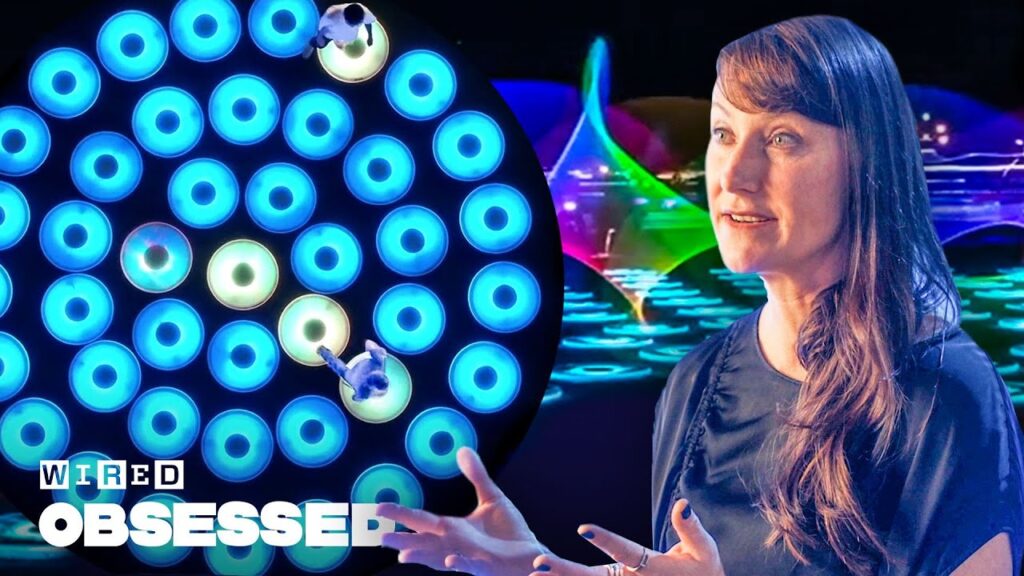The Mysterious Camouflage of the Pygmy Seahorse
Summary
This article discusses the unique camouflage abilities of the pygmy seahorse, a tiny creature that can fit on your fingernail. Unlike most camouflaged animals, pygmy seahorses are born black and only change their color to match their surroundings when they land on coral. Scientists are baffled by this ability, but they know it evolved to help the seahorse feed on plankton and avoid becoming prey.
Table of Contents
- Introduction
- What is a pygmy seahorse?
- How does the pygmy seahorse change color?
- Why do pygmy seahorses have camouflage?
- Conclusion
Introduction
The natural world is full of incredible creatures that have adapted in unique ways to survive in their environments. One such creature is the pygmy seahorse, a tiny species that has a remarkable ability to blend in with its surroundings. In this article, we will delve into the mysterious world of the pygmy seahorse and explore how it has evolved such effective camouflage.
What is a pygmy seahorse?
The pygmy seahorse is a tiny creature that measures just a few millimeters in length. It is found primarily in the waters around Southeast Asia and the Pacific Ocean. What makes the pygmy seahorse so unique is its perfectly camouflaged body. The seahorse is able to blend in flawlessly with the coral that it lives on, making it incredibly difficult to spot.
How does the pygmy seahorse change color?
Most camouflaged animals are born with markings that resemble their surroundings. For pygmy seahorses, however, the story is different. These seahorses are born black and only change color when they land on a piece of coral. They are able to do this because of specialized skin cells called chromatophores, which contain different pigments that can be combined to create a variety of colors. Scientists are still unsure how the seahorse is able to control its chromatophores so precisely.
Why do pygmy seahorses have camouflage?
The pygmy seahorse’s camouflage is not just for show. It evolved for a very specific reason: to help the seahorse feed on plankton and avoid becoming prey. By blending in with the coral, the seahorse is able to intercept plankton as it floats by, providing a reliable food source. Additionally, the seahorse’s camouflage helps it avoid being eaten by predators.
Conclusion
The pygmy seahorse is a true marvel of nature. Its ability to blend in with its surroundings is an incredible feat of evolution, and scientists are still working to understand how it works. As we continue to study these tiny creatures, we will no doubt uncover even more marvels of the natural world.







